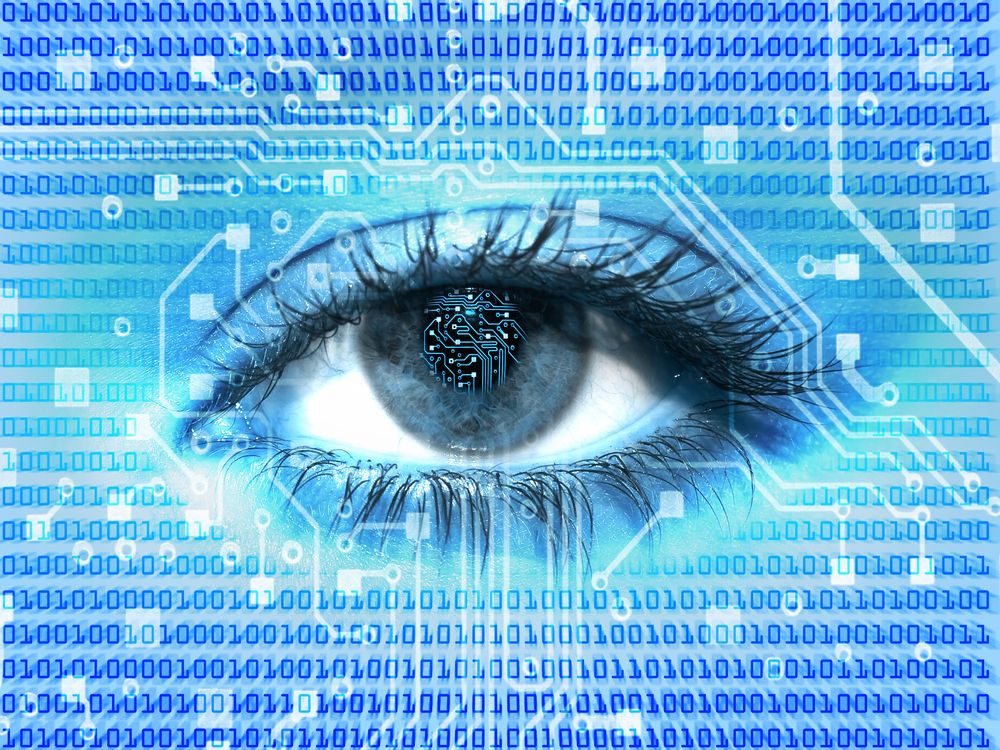Science fiction’s portrayal of robotics and AI tends to be pessimistic when it comes to machines developing a will of their own. Elon Musk, the founder of Tesla and SpaceX, tends to agree.
Although there is some potential for AI to evolve in an undesirable direction in the future — especially when AI assumes massive responsibility in self-driving cars and managing power plants — the status of robotics and AI is bright.
Specifically, robotics and AI are helping save lives, conduct complex analysis and discover correlations not easily detected with basic human cognition.
So, while there may come a day where humanity must weigh the malicious intents of AI and robotics, we presently live in a period where AI and robotics engage in some tasks better than their human counterparts.

Humans have done amazing work to advance the fields of medicine, helping increase the average life expectancy in the process. AI continues to help, especially in diagnosing illnesses. Even if a doctor is brilliant, it can be difficult to manually diagnose a patient, since there’s little to go on beyond their description of symptoms.
Most people aren’t medical professionals, so explaining their symptoms can be a challenge. Fortunately, AI is helping surgeons with detection analysis, especially for certain cancers.
AI can access a patient’s entire medical history and deliver an accurate diagnosis in a very short time compared to a human doctor. AI greatly expedites the analysis process, which can be vital in cases of life-threatening illness — especially when the potential illness calls for certain treatments, including time-sensitive surgery.
And surgeries themselves will soon see some of their risks reduced or even eliminated. Surgical smoke may be present during any number of operations and can impair the vision of the physicians. Dexterous robotics powered by AI could prove indispensable here by removing the human element from difficult environments.
As the film “A Beautiful Mind” portrays, some people have a brilliant eye for patterns and correlations. A mind like John Nash’s is the exception, though, rather than the norm. As a result, AI is making excellent strides in detecting unexpected patterns or correlations across a variety of relevant fields.
These patterns can range from complex analysis of mathematical theorems and medicine ingredients to tools that help provide recommendations for consumers based on patterns in their purchasing or viewing history. Even in particle physics, with patterns in immense data sets, AI is helping new research along by identifying unexpected correlations and patterns.
Robotics and AI converge in modern stockroom and warehouse management. Of the 38 percent of jobs in the U.S. that are at “high risk” of experiencing replacement by robots and artificial intelligence over the next 15 years, stockrooms and warehouse management appear at the top, primarily since there have already been strides in this area.
Already, at Amazon.com — the largest internet retailer in the world based on revenue and market capitalization — robots are handling many of the packages in the warehouses. Amazon’s “robot army” continues to increase and provide greater efficiency, doing a job that would take humans 60 to 75 minutes in 15 minutes instead.
Human vision is far from foolproof. In fact, there are many animals with better overall vision than humans. Plus, our human brain can only process so much information. As a result, AI is helping in analyzing images, which is useful across a variety of industries. Specifically, AI can analyze the activity at an intersection to identify flaws in the design for improved traffic safety.
Furthermore, AI can also help with face recognition, which can be life-saving when a criminal is on the loose and law enforcement is in pursuit. AI’s talent for photo analysis improves public safety and provides insight into everything from traffic analysis to marketing.
There are still many things humans do better than robots and AI, but these four tasks are presently best left to robots due to their accuracy and efficiency.
By Kayla Matthews





